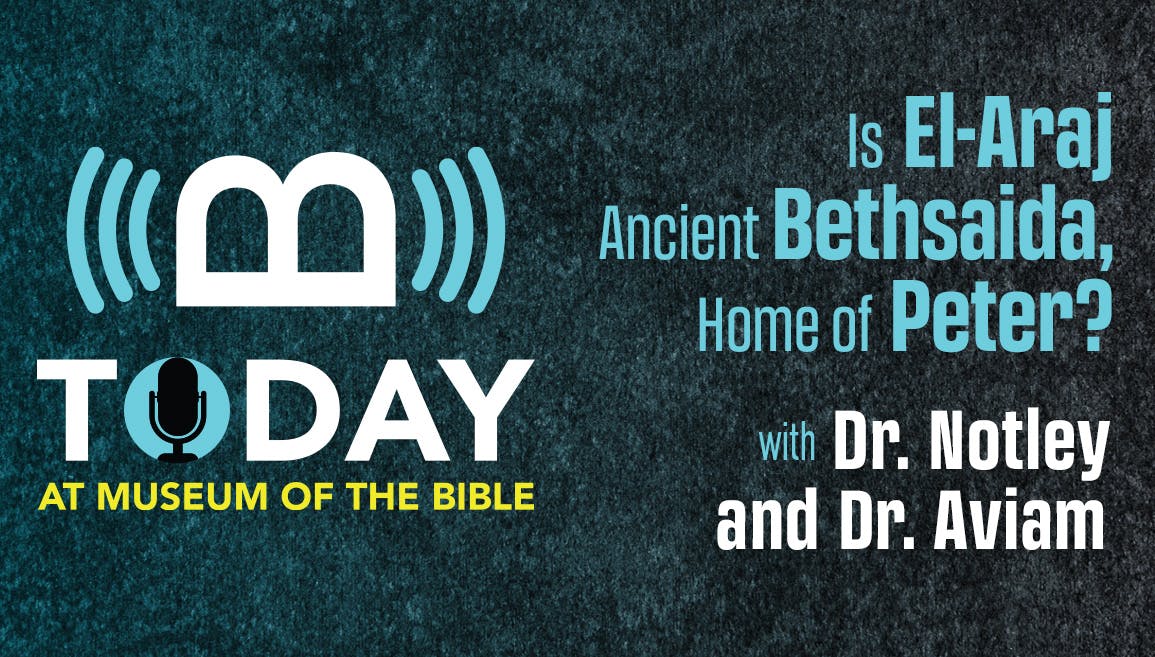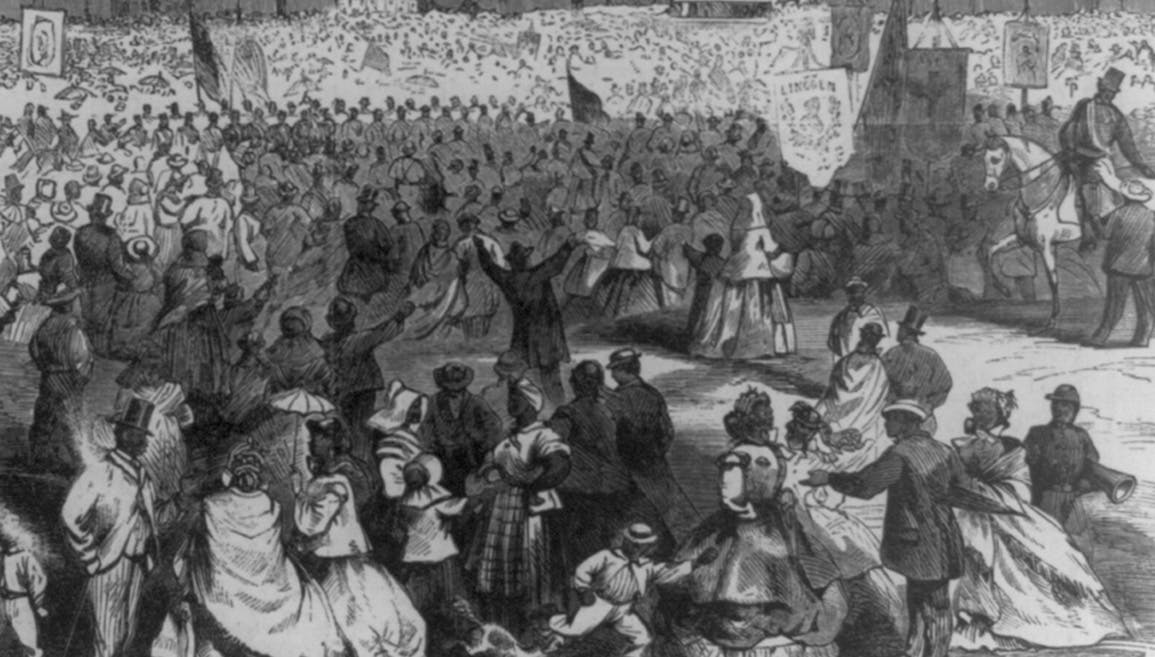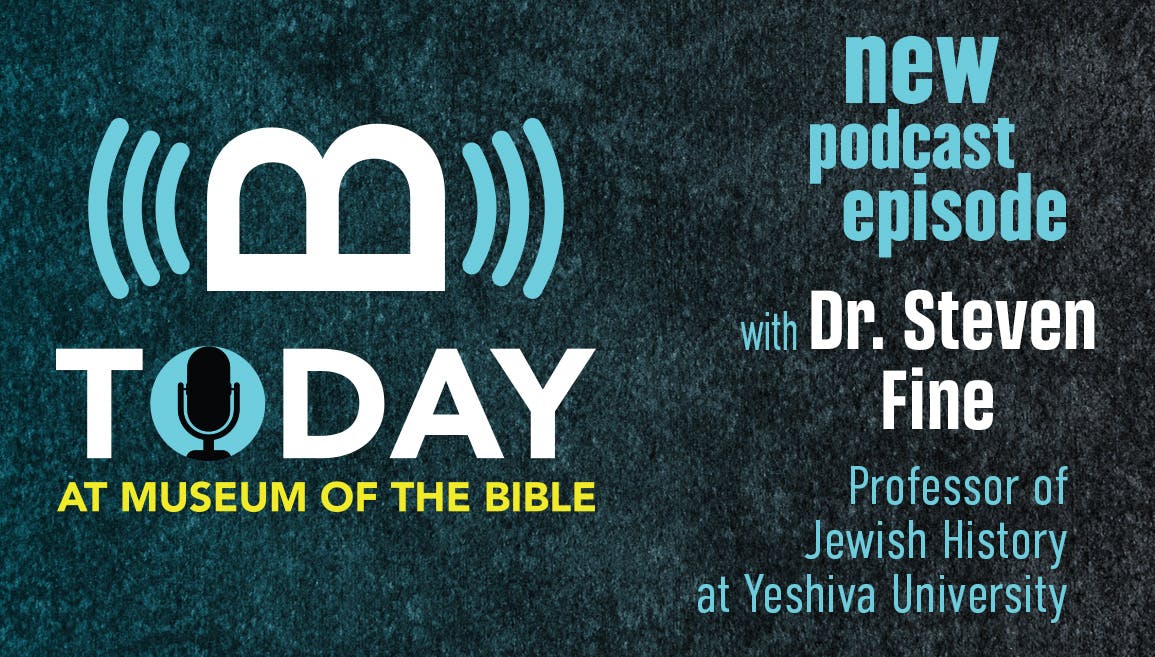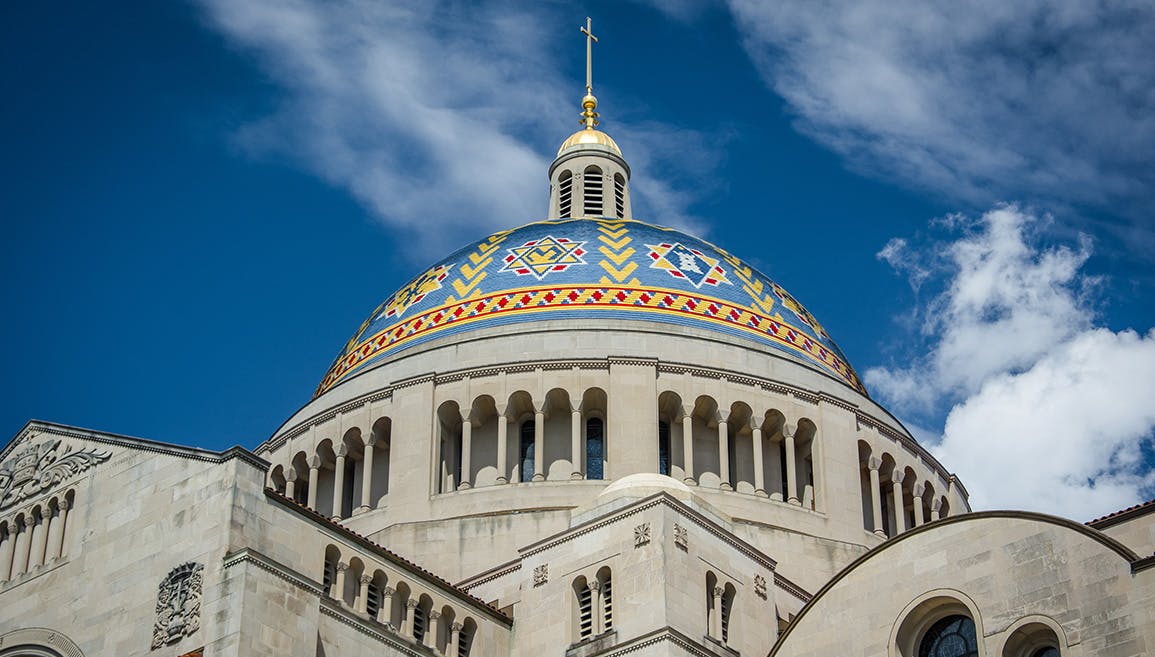From the Podcast: Is El-Araj Ancient Bethsaida, Home of Peter? with Dr. R. Steven Notley and Dr. Motti Aviam

On our podcast, Charlotte Clay, director of marketing and communications, and Dr. Jeff Kloha, chief curatorial officer, interviewed Dr. Motti Aviam, professor at Kinneret College in Galilee and the head archaeologist of the El-Araj Excavation Project, and Dr. R. Steven Notley, the academic director of the El-Araj Excavation Project and the founding chair of the New Testament studies program at Jerusalem University College.
The following interview has been edited for clarity and space. To get the full interview, listen using the video player above or listen to the episode on our podcast, Today at Museum of the Bible, or on our YouTube channel.
Charlotte Clay: Today, we are joined by two special guests, Dr. Motti Aviam and Dr. Steven Notley. Thank you both for being with us.
Jeff Kloha: And welcome back. You keep finding really cool stuff. It's amazing. What's a quick summary of where you are and what you're looking for or what you're finding?
Steven Notley: We started in 2016 excavating with an idea, a hope, to find evidence for a first-century Jewish fishing village known in the New Testament as Bethsaida. Up until then, we would've argued that it hadn't been located—I like to call it the last lost city of the Gospels. We have excavated seven seasons, going down through various layers—Crusader, Byzantine, and then down to the Roman level, which would be reaching to the New Testament period—and finding various artifacts, pottery, glass, and coins. And then, I think, a surprise for all of us was finding a legendary basilica people thought didn't exist or thought that pilgrims had confused it with the church in Capernaum. Instead, it's quite a large, substantial basilica there at el-Araj.
Charlotte: What does that church find mean for the site, in terms of the archaeological significance?
Motti Aviam: The fact that there is a church and a monastery goes very well with evidence of Bishop Willibald, who made his pilgrimage in the eighth century and mentions a church and basilica at the site called Bethsaida, which was built over the house of Peter and Andrew, [and] tells us as archeologists that in the Byzantine period people identified the place as Bethsaida. The name is still there. And there is still a memory of Peter and Andrew in the Byzantine period.
And the fact that below it, we have Roman period structures, connecting it and building the story that this site is the best candidate to identify [as] Bethsaida.
Jeff: And this year, I don’t know if you were quite expecting to find something underneath the altar area of the church, so what do you think that is?
Motti: As we know from every other Byzantine-period church, the apse is the focus. It is the most sacred place and usually the object that secures the building. Therefore, when we started excavating, the apse and the mosaic [were] partly missing. We realized there are some walls underneath. The archaeological idea is to check it in a scientific way, we don't dig from the side; we have to take out the mosaic floor from above. We did it with our conservator, Yehoshua Dray, who took it away, and we started digging from the top. There was a very specific fill of soil in it, and we got into a piece of a wall about 10 feet long or a little bit more, which was surrounded by another wall below it to the side. We reached down to the first century. So, we can clearly say that under the church, we have houses from the first century, from the early Roman period at the time of New Testament. It continued to the second, third century, grew up, and sometime in the fourth century, a structure was built separating a piece of a wall from the other elements surrounding it in a room. There are other walls from the fourth century that continue and we're going to check next season. And when the church was built, the center of the apse is right above this wall. For me, as an archaeologist who excavated like 15 Byzantine churches in Galilee, it is very clear this is a sacred object.
This excerpt is from an episode of Today at Museum of the Bible. Listen to the whole interview on Spotify, Google Podcasts, Apple Podcasts, iHeart Radio, YouTube, or wherever you get your podcasts.
Museum of the Bible sponsors the El-Araj Excavation Project and receives updates periodically from the lead excavators. Stay tuned for future updates and also check out our podcast episode and article with Dr. Notley to hear more updates from this latest excavation season.


